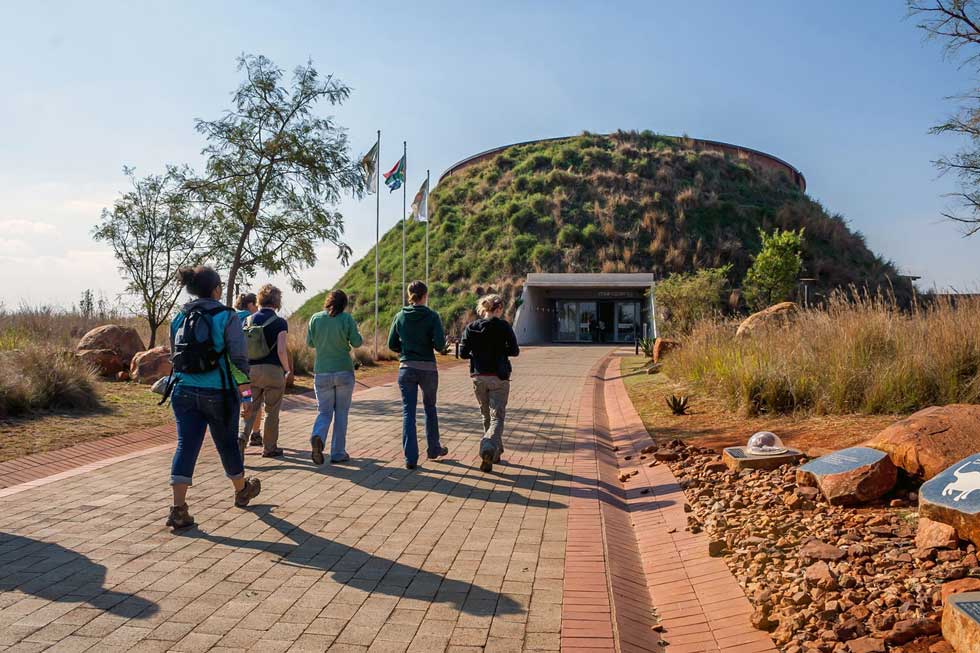Table of Contents
Africa is a continent rich in history and archaeology, with ancient civilizations dating back thousands of years. In this article, we’ll be listing some of the best history and archaeology trips in Africa. Read to the end.
We ride!
1. The great pyramid of Giza, Egypt
2. The ruins of great Zimbabwe
3. Benin, Nigeria
4. The ancient city of Axum, Ethiopia
5. Robben Island, South Africa
Overview of the Best History and Archaeology Trips in Africa
How to Choose the Best History and Archaeology Trips in Africa
Pros and Cons of the Best History and Archaeology Trips in Africa
What to watch out for
Pro Tips
Recap
1. The pyramid of Giza great, Egypt

The Great Pyramid of Giza is a truly awe-inspiring sight, built between 2580 and 2568 BC from 2.3 million limestone pieces, and construction lasted for 27 years. The great pyramid was built as a tomb for Pharaoh Khufu (Cheops) during the fourth dynasty of the Old Kingdom of Egypt, as the Egyptians believe in an afterlife and the pyramids were designed to preserve the bodies of the pharaohs for eternity.
It is the oldest of the seven wonders of the ancient world, and the only one that remains largely intact. It is the biggest and most well-known pyramid in the world. It’s a must-visit for any history buff in Africa.
- Tourist attraction: The Great Pyramid is a popular tourist destination for anyone interested in architectural and historical value.
- Learning experience: The trip to the pyramids can inspire interest in ancient Egypt, encouraging more historical and archaeological research.
- Historical significance: The Great Pyramid offers a glimpse into ancient Egyptian culture and history, and it is the oldest of the Seven Wonders of the Ancient World, which is a significant historical achievement and a unique window into the past.
- Architectural marvel: The pyramid is the tallest man-made construction in the world, highlighting the architectural and technical mastery of the ancient Egyptians. The size and scale of the pyramid are a great marvel, as its construction techniques are still used as a subject for debate.
- Cost: Seeing the pyramid can be expensive, especially if you intend to tour its inner chambers or ride a camel.
- Limited access: Tours into the pyramid’s interior chambers are restricted due to narrow passageways, possible heat, and humidity.
Here’s a comprehensive breakdown of the pyramid to help you plan your visit:
- History and significance: The pyramid was built for Pharaoh Khufu in 2580 BC. The pyramid represents his might and divinity with complex astronomical alignments.
- Interior: The pyramid has three known chambers: the king’s chamber, the queen’s chamber, and the subterranean chamber, along with a series of narrow passageways that connect them.
- Location: The pyramid is situated on the Giza Plateau, on the outskirts of Cairo, Egypt.
2. The ruins of Great Zimbabwe
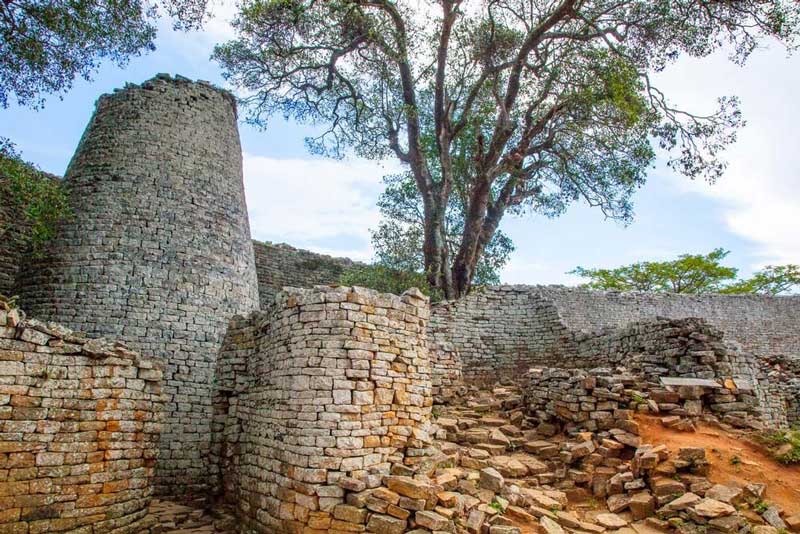
The ruins of Great Zimbabwe are a remarkable archaeological site and date back to the 11th century. Great Zimbabwe was constructed between the 11th and 15th centuries and was once the centre of a powerful kingdom that extended throughout southern Africa.
The ruins consist of a series of stone walls and buildings, including the Great Enclosure, built without mortar, a massive structure that is considered one of the greatest architectural achievements in Africa with its remarkable stonework skills.
- Cultural immersion: Great Zimbabwe presents cultural immersion with its national emblem of Zimbabwe. The site opens a window into the life and accomplishments of the Shona people, the builders of the city, highlighting Zimbabwe’s rich past.
- Architectural wonder: The Great Enclosure, with its outstanding stonework, distinctive architectural designs, and amazing dry-stone building methods, highlights architectural wonders. It is considered one of the most important ruins in sub-Saharan Africa.
- Historical significance: The ruins offer a unique opportunity to explore the African history and culture of a powerful African civilization. The site has been recognized as a UNESCO World Heritage Site, highlighting its historical significance.
- Limited Information: The Kingdom of Zimbabwe’s rich history is shrouded in mystery. Museums and exhibits may not provide extensive information due to the absence of written records.
- Limited accessibility: The ruins’ uneven terrain and steps can pose challenges for visitors with mobility limitations.
Here are some more details about the Ruins of Great Zimbabwe:
- History and significance: The remains of the great city, tell a history of the rich Shona trading empire in southern Africa, the Kingdom of Zimbabwe, plus it displayed advanced engineering and organizational skills.
- The ruins of Zimbabwe include the 75-hectare springling complex with unique architectural styles, the oldest with a large elliptical wall, and the Valley Complex with smaller enclosures and soapstone birds.
- The ruins of Great Zimbabwe have been recognized as a UNESCO World Heritage Site.
- The exact purpose and history of the ruins remain a mystery, despite extensive research.
3. Benin, Nigeria
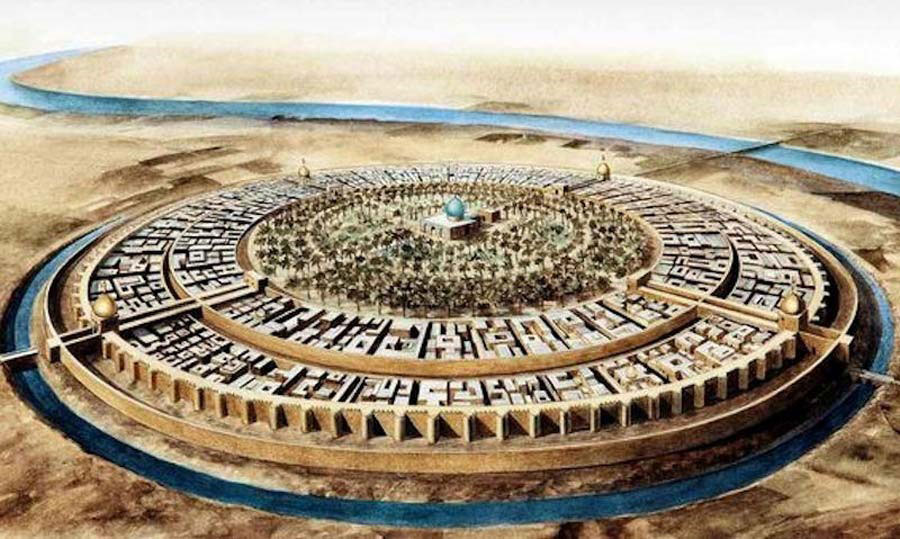
The Benin Bronzes once adorned the walls of the royal palace of Benin, which was the center of the powerful Edo Kingdom that flourished from the 11th to the 19th centuries. The Benin Empire was known for its skilled, marvelously detailed art of bronze and sculptures that were admired around the world. Sadly, the bronzes were taken away when they were discovered by the Europeans, and housed in the British Museum.
- Rich history: Benin City, the home of the Edo Kingdom, was renowned for its talented bronze casters, who were widely admired.
- Vibrant culture: Through local markets, events, and traditional rites, the city celebrates its rich traditional art scene and strong reverence for its past.
- Stolen artefacts: Many Benin bronzes were taken by British troops in 1897 and kept in European and North American museums, prompting calls for their repatriation.
Here are a few details about the Benin Bronzes:
- Production techniques: The Benin Bronzes were produced using the lost-wax method, a procedure in which a wax model is molten and covered with clay and metal to mold.
- Functions: The bronze and ivory objects were primarily used in the royal palace’s ritual and also used to decorate the courtly life by hanging numerous bronze works on pillars using nails.
4. The ancient city of Axum, Ethiopia

Axum, also spelled Aksum, was a powerful kingdom that flourished from the 1st to the 7th centuries AD in northern Ethiopia. The city is rich in history: as it is told, it was a major trading centre that was known for its wealth and cultural sophistication.
- Historical significance: Aksum was a major ancient African cultural centre, and it is believed to be a respected relic in the Judeo-Christian tradition, where the Ark of the Covenant is thought to have been buried.
- Cultural immersion: Axum offers a singular cultural immersion experience, and opens a window into Ethiopian culture via customs, music, and cuisine to uncover buried treasures of Ethiopian history.
- Unique archaeological sites: Among the unusual archaeological sites are Debre Damo, Stellae Park, and the bath of Queen Sheba.
- Language barrier: English might not be particularly common in Axum; Amharic is Ethiopia’s national language. Engaging residents to learn about its history could be difficult.
- Limited accessibility: The historical sites, especially Stelae Park, involve rough ground and could be difficult for those with limited mobility.
Here are some more details about the ancient city of Aksum:
- Trade hub: Axum’s strategic location along trade routes and control of the ivory trade drove its prosperity, hence influencing its expansion and the busy marketplace.
- UNESCO World Heritage Site: Axum is a UNESCO World Heritage Site; it features massive, intricately carved obelisks commemorating rulers and significant events. One amazing engineering achievement is the huge rectangular tank known as the Queen of Sheba’s Bath.
- Early Christian centre: Axum greatly shaped Ethiopian religious customs. It is believed that the Ark of the Covenant is housed at the Church of Our Lady Mary of Zion.
5. Robben Island, South Africa
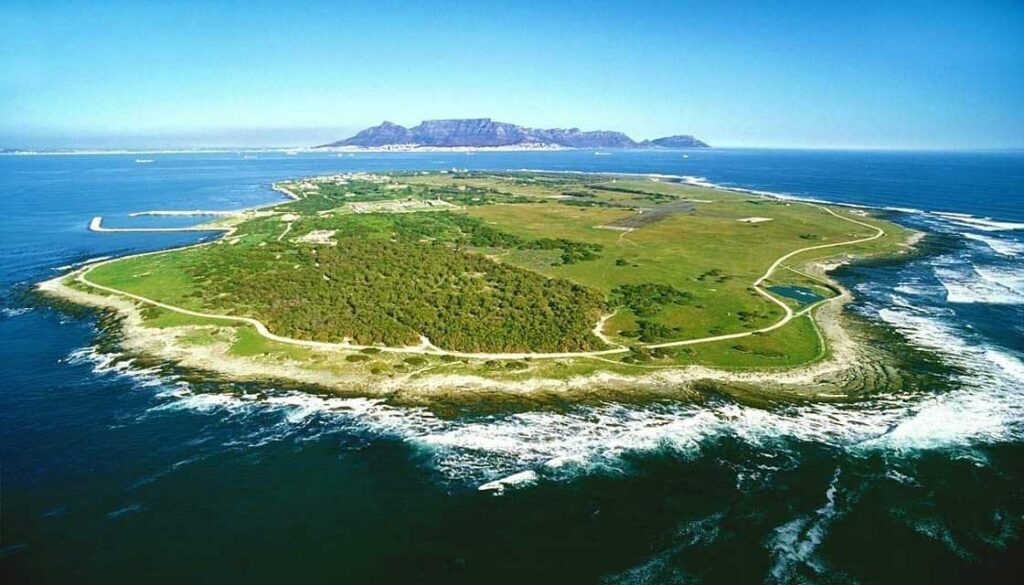
Robben Island is a small island off the coast of Cape Town, South Africa. Steeped in history, it served as a prison for centuries, housing Nelson Mandela and other prominent figures during the apartheid era. Today, the island stands as a symbol of resilience and the fight for freedom.
- Symbol of hope and reconciliation: Robben Island transforms an area of oppression into a symbol of liberation and a very motivating experience by symbolizing hope and healing.
- Reflection on human rights: A visit to Robben Island emphasizes the importance of human rights and the battle against injustice.
- Educational value: Robben Island offers an educational value by showcasing the history of South Africa, the apartheid government, and the continuous fight for democracy.
- Historical importance: Robben Island is a historical emblem of apartheid, as it housed prominent political activists, including Nelson Mandela.
- Emotional toll: For some guests, the tour’s vivid and frequently sad portrayal of the prisoners’ hardships might be draining.
Here are some more details about Robben Island:
- Mandela’s cell: Nelson Mandela’s cell, where he spent 18 out of 27 years behind bars, is open for visitors.
- UNESCO World Heritage Site: Recognized for its historical and cultural significance, Robben Island was declared a UNESCO World Heritage Site in 1999.
- Living museum: The Island now functions as a living museum, hosting tours guided by former prisoners who relate their stories of incarceration.
Overview of the Best History and Archaeology Trips in Africa

From prehistoric societies to the beginnings of humanity, Africa possesses a remarkable history and archaeology. A glimpse into some of the most captivating historical and archaeological trips in Africa is discussed in this article.
How to Choose the Best History and Archaeology Trips in Africa
Here are some tips to help you choose the best history and archaeology trips in Africa:
Personal Interests
To plan a trip, consider your personal interests and priorities, such as historical periods, archaeological focus, and travel style.
Match your interests with destinations
Discover ancient marvels such as Egypt’s pyramids, the ruins of Zimbabwe, the Benin Bronze, the ancient city of Axum, and South Africa’s Robben Island for modern history and social justice.
GET SMARTER >>> Africa Tourism: Best Kayaking & Rafting Trips in Africa
Pros and Cons of the Best History and Archaeology Trips in Africa
Pros
- Explore impressive historic sites.
- Experience diverse cultures.
Cons
- High cost of history and archaeology trips.
- Limited access to some of the sites.
What to Watch Out For
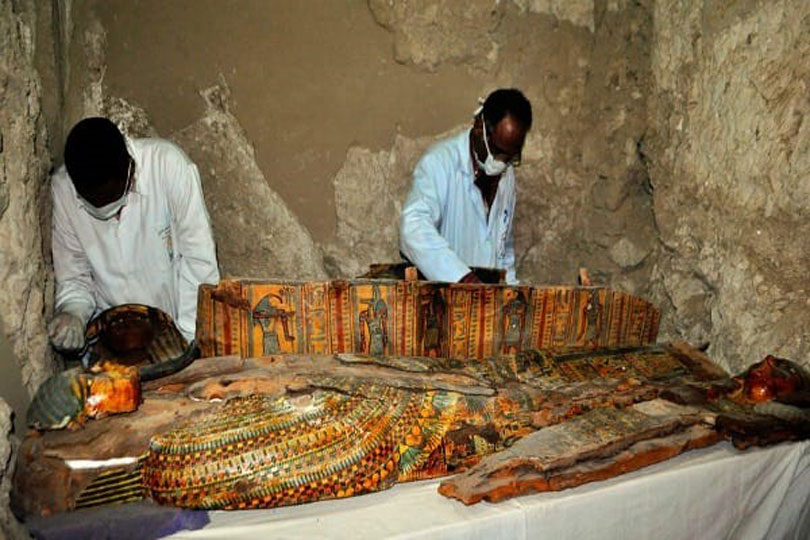
Here are some things to watch out for when planning a historical and archaeological trip to Africa:
- Tourist traps: Certain well-known tourist spots could be unduly commercialized or congested, therefore diminishing the experience.
- Language obstacles: English is not especially common in some areas of Africa. To enable you to interact with residents, think about picking up simple words in their native tongue.
- Cultural sensitivity: Certain historic sites and cultural events could call for visitors to honour local customs and traditions.
Pro Tips
Here are some pro tips for planning history and archaeology trips in Africa:
- Employ a local tour operator: A local tour operator can assist you in gaining an insightful analysis of a region’s history and culture.
- Learn about local history: Before you travel, learn about the history and culture of the area; this will enable you to really value the sites and events.
Recap
Africa has a variety of historical and archaeological sites, making it an ideal destination for history and archaeology enthusiasts.





